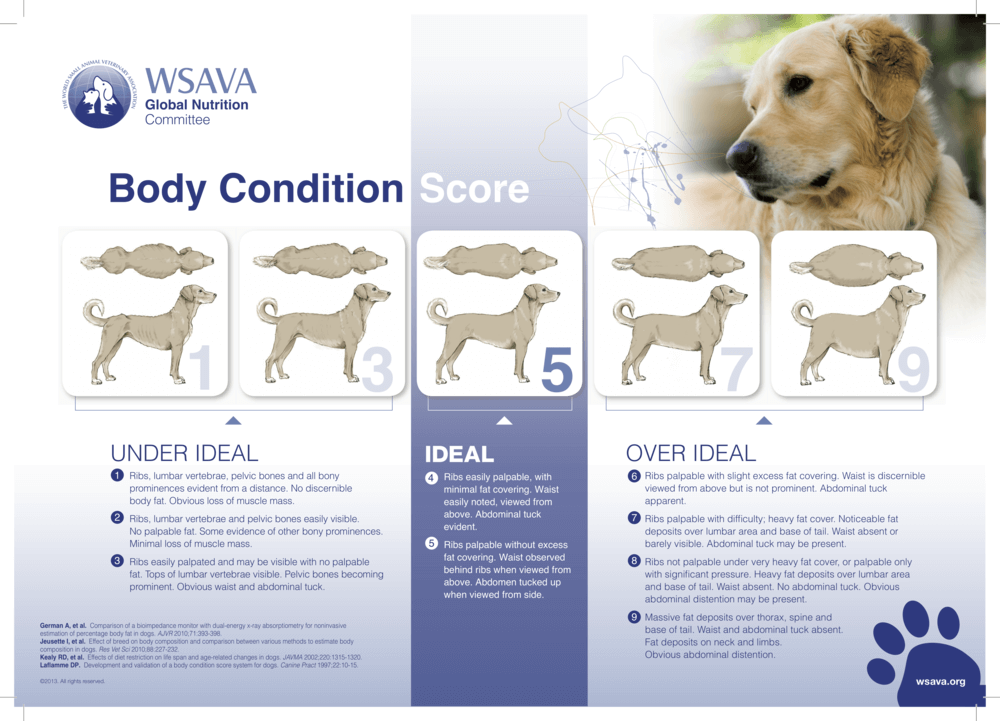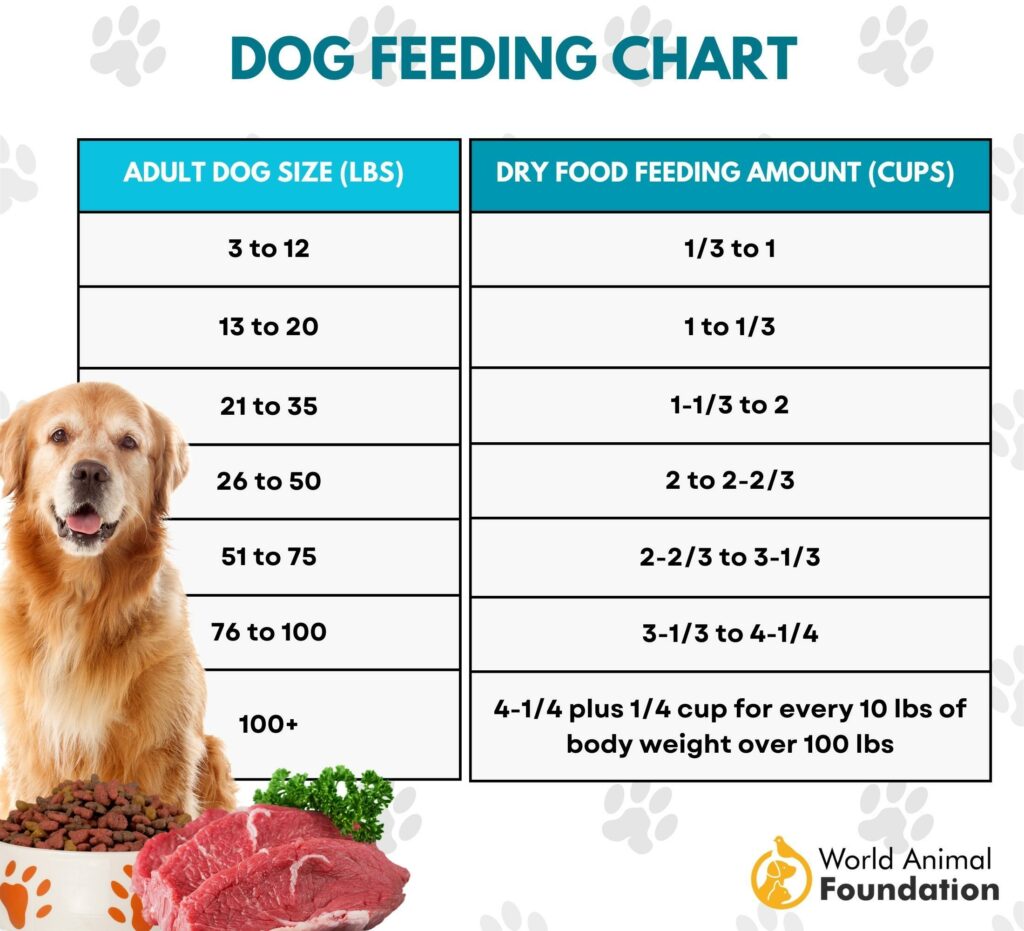How Many Treats Every Day Should My Dog Get: 2024 Best Guide
Ever wondered how many treats every day should my dog get? As pet parents, we all love rewarding our furry friends, but balancing their health with our affection is crucial. With obesity on the rise…
Ever wondered how many treats every day should my dog get? As pet parents, we all love rewarding our furry friends, but balancing their health with our affection is crucial. With obesity on the rise among pets, understanding the right amount of treats is more important than ever.
Our furry companions deserve the best, and knowing how to manage their treat intake can make a industry of difference in their overall well-being. We’ll explore the factors influencing the ideal number of treats, including your dog’s size, age, and activity level.
By the end of this article, you’ll be equipped with practical tips to ensure your pup enjoys treats without compromising their health. Join us as we investigate into expert advice and guidelines that promise to keep tails wagging happily and healthily.
Understanding Your Dog’s Calorie Needs
Grasping your dog’s calorie needs is essential to managing treat intake effectively. Treats should only account for 10% of your dog’s total daily caloric intake. This balance ensures the majority of their nutrition comes from a complete and balanced diet rather than treats. Knowing these needs lets us provide appropriate calorie intake while maintaining overall health.
Our first step is determining the caloric needs of our dogs, which vary based on factors like size, age, and activity level. For instance, a 60-pound dog typically requires about 1,001 calories daily. This number helps in calculating the treat limit—100 calories in this example.
It is crucial to consult the label on your dog’s food or speak with a veterinarian for accurate caloric information. This helps ascertain how many calories our dog should consume daily and, in turn, how to calculate the 10% caloric limit for treats. Only 40 calories from treats suffice for a dog needing 400 calories each day.
Given the diversity among dog sizes, we adjust treat sizes and frequency accordingly. Small, pea-sized treats work well for training and should be administered in moderation—typically 2 to 4 tiny treats per day for dogs with a healthy weight. This cautious approach controls calorie intake without sacrificing the joy and motivation dogs receive from treats.

In situations where exact guidance is needed, veterinarians provide customized advice. Understanding your dog’s unique dietary requirements prevents overindulgence, promoting a healthy lifestyle.
The importance of monitoring treat intake underscores the wider issue of pet obesity. By understanding their calorie needs and keeping treats within the recommended limits, we actively contribute to preventing health problems related to excess weight. This diligent approach ensures our dogs lead healthy and fulfilling lives.
The Role of Treats in Your Dog’s Diet
Treats serve as an important part of rewarding good behavior in our dogs. But, they should not take up more than 10% of our dog’s daily caloric intake. A balanced diet, either from commercial dog food or a home-cooked diet formulated by a veterinary nutritionist, should cover the rest.
How Treats Affect Feeding Time
Treats can alter our dog’s overall calorie consumption, influencing their feeding schedule. We follow some key guidelines for balance:
- Caloric Limit: To keep calories in check, treats should contribute no more than 10% of a dog’s daily calories. A dog requiring 400 calories should consume only 40 from treats.
- Monitoring Health: We should regularly assess our dog’s body condition score and weight. Monitoring helps ensure treats aren’t causing weight gain or other health issues.
Following the 10% Rule
Adhering to the 10% rule for treats helps maintain our dog’s health. The majority, 90% or more, of their nutrition comes from a complete diet. For instance, if a dog’s daily requirement is 800 calories, only 80 calories should be from treats. Consulting our veterinarian about food choices can fine-tune our approach. Ensuring treats don’t overshadow meals keeps our furry friends healthy and happy.

Determining the Right Amount of Treats
Balancing treat intake is crucial to maintain our dog’s health and happiness. Understanding size, age, and dietary requirements helps in customizing their treat allowance.
Treat Guidelines for Small, Medium, and Large Dogs
Caloric intake limits guide our dog’s treat amount. Treats shouldn’t exceed 10% of their daily calories. For instance, a dog requiring 1,000 calories daily should have treats totaling 100 calories. Smaller breeds benefit from smaller treats like bits of carrots or apples to prevent overfeeding. Medium and large breeds can handle heartier rewards, but it’s essential to adhere to the caloric boundary.
| Dog Size | Daily Calories | Treat Calorie Limit |
|---|---|---|
| Small Breeds | 500 | 50 |
| Medium Breeds | 800 | 80 |
| Large Breeds | 1,000+ | 100+ |
Treat Considerations for Puppies
Puppies have a higher energy demand and need careful monitoring to avoid overfeeding. While they require more energy, ensuring their treat consumption remains within 10% of their caloric intake is vital. Using tiny treats, like pea-sized cheese bits, keeps their intake balanced. Monitoring their growth and adjusting treat quantities ensure they develop healthily. Treats serve as excellent training aids, but always consider their nutritional balance.
Selecting the Right Treats
Choosing the right treats for our dogs involves understanding caloric content and considering health benefits. Let’s explore the types of treats available and how they fit into a balanced diet.
Commercial Dog Treats
Commercial dog treats vary widely in caloric content, so it’s crucial to read labels. Many treats, such as biscuits or chewy snacks, can range from 10 to 50 calories per piece. Selecting low-calorie options helps maintain your dog’s health. Brands offering treats made with natural ingredients or those designed to support exact health needs, like dental care or joint support, add value to your dog’s diet. As always, the 10% rule applies, so calculate the treat’s caloric impact against your dog’s daily intake to avoid exceeding their caloric limit.
Homemade and Human Foods
Offering homemade treats and certain human foods provides wholesome alternatives to store-bought snacks. Consider low-calorie vegetables or fruits like carrots, cucumbers, and apples. For example, carrots contain about 25 calories per medium-sized piece, offering not only a healthy option but also a satisfying crunch. Before introducing new foods, consult with your veterinarian to ensure they’re safe for your dog. Homemade treats let us control ingredients, tailoring them to our dog’s dietary needs. Always remove any toxic parts, like apple seeds, and use moderation to keep within the daily caloric boundaries.
Monitoring Your Dog’s Health and Weight
Monitoring our dog’s health and weight ensures their well-being and helps us regulate treat intake. Regular evaluations help identify any unwanted changes in their physique.
Signs of Overfeeding
Weight gain indicates possible overfeeding. If our dog gains weight beyond growth expectations, it’s a signal for us to reassess treat portions. Loss of definition in the midsection and the absence of the typical waist taper or rib visibility further suggest excess calorie consumption. Observing these signs, we can make informed decisions to adjust our dog’s diet, keeping their health a priority.
Adjusting Feeding Times
Adjusting feeding times can help balance our dog’s overall calorie intake. For instance, if treats replace part of their regular meal, we should decrease the meal size accordingly. Monitoring the timing of treats can prevent excess calorie intake, especially if treats are frequent throughout the day. Customizing feeding times to our dog’s activity level or energy expenditure provides a more balanced diet. By planning treat distribution and meal timing, we maintain our dog’s health while still offering appropriate indulgences.
Conclusion
Balancing treat intake with our dog’s nutritional needs is crucial for maintaining their health and happiness. By adhering to the 10% rule and considering factors like size and activity level, we can ensure our furry friends enjoy their treats without compromising their well-being. Whether we’re using commercial treats or opting for healthy homemade options, understanding caloric content is key. Regularly monitoring our dog’s weight and body condition helps us stay on track, making adjustments as needed. Let’s continue to offer our dogs the love and rewards they deserve while prioritizing their health.

